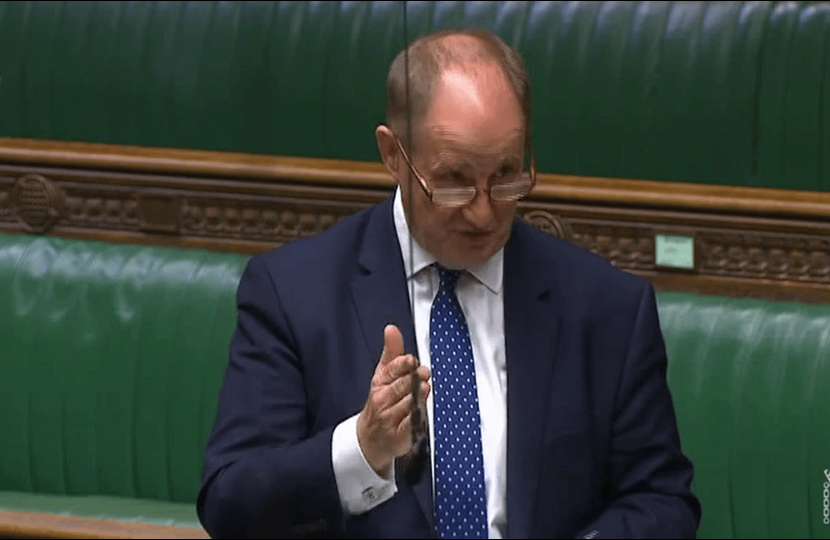
Transport minister, Nusrat Ghani, has announced a new funding opportunity for railway stations, such as Thirsk, to help improve access for the disabled. The announcement was made in a debate tabled by me and following a series of meetings I held with the Secretary of State for Transport and the Minister.
Ms Ghani said that her Department had made £20 million available for mid-tier Access for All projects which would focus on stations where accessibility improvements can be delivered with up to £1 million of Government support alongside significant third-party match funding.
This is terrific news. We will be submitting our bid as soon as possible and will ensure that it is supported by private investment. An earlier application for Access for All funding by TransPennine Express and North Yorkshire County Council, with the support of Grand Central, Northallerton and Thirsk Rail Users Group to install lifts at Thirsk station had been unsuccessful. We were told that there was a very high demand for funding and that the bid had fallen short on footfall even though the number of users on these routes continues to increase. There was a 3.6% increase this year, and the population of Hambleton is expected to grow by 4% by 2035, which of course will mean more demand from disabled and elderly people. However, I was determined not to let the matter rest. As I said in my debate, Thirsk has very particular needs as disabled access to either platform for inbound or outbound trains is diabolical. I have stood on the platform when trains come through at over 100 miles an hour. Concrete steps are the only way to access the ticket office and platforms without physically crossing the tracks. Those with mobility problems must reach the ticket office and both platforms by navigating a barrow crossing across the high-speed railway line. This can be a very difficult and even traumatic experience for the elderly, disabled passengers, parents with pushchairs or people heaving heavy suitcases. Thirsk is not alone: 40% of railway stations in England, Scotland and Wales do not have step-free access, and research found that over a third of working-age disabled people had experienced problems using trains in the last year as a result of their disability, so a solution is much needed.
Ms Ghani offered me her congratulations on my efforts to secure extra funding for Thirsk and for calling the debate. She said “Thirsk has particular, unique circumstances, but it is not the only station that is not fully accessible at all times, which is why I think it important to ensure that any bid for Thirsk is rated highly by the train operating company and also comes with match funding. However, I entirely accept that it is not the easiest place to be when trains are whizzing past at high speed and I look forward to receiving an application on behalf of Thirsk Station in the next round of funding.”
It is very important in the week the Government legislated for a target of net zero carbon emissions by 2050 that we enable people to use public transport whenever possible and trains and the 2,500 stations that they pass through should be made more accessible for everyone, including disabled people and the elderly. He added that he was also expecting an announcement soon on additional car parking spaces.

